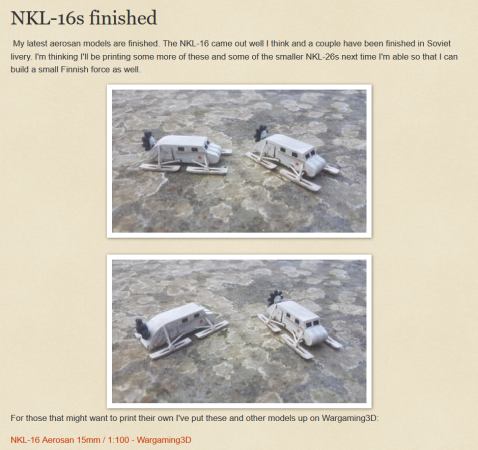
Second World War
64 pages. Color and black-and-white photos. Acknowledgements, selected bibiography/references.
This is the first volume in the Landcraft series, branching off from the well-known Tankcraft series. Unlike the Tankcraft series, however, these volumes are intended as historical and technical guides, rather than primarily as references for scale modelers.
There's a two-page introduction, recognizing the Jeep as a technical advancement, a key vehicle in WWII, and a cultural icon.
Design & Development covers another ten-plus pages, delving into the ancestry of off-road, four-wheel-drive vehicles; how the U.S. Army specification led to competing designs from Willys, Bantam and Ford; and how Ford 'took over' major manufacturing (wartime exigencies or corporate pressure, or some of both!). Also a discussion of where 'Jeep' as a name came from.
Jeep in Detail (six pages) describes the vehicle components, differences between manufacturers, variants and options (such as the wire-cutter added during Normandy), and explains why the Jeep was so narrow, and what caused braking problems at high speed.
Camouflage and Markings comprises nine color pages (with minimal text) of Jeep profiles (side, top, front, back views):
- 101st Airborne HQ jeep prior to D-Day
- Soviet Lend-Lease jeep with cold-weather hard top
- 8th AFB rescue jeep in yellow
- No. 4 Recce Group jeep in Normandy with minimal equipment and wirecutter
- U.S. Navy shore-based jeep in pale blue
- British Airborne glider-deployed jeep with minimal equipment and 'Pegasus' markings (1944)
- Weathered India China Div jeep with canvas side panels
- Ardennes campaign armored jeep with body-armor tower and turret
- British Long Range Desert Group jeep (42-43) with special equipment and desert markings
The 16-page Model Showcase provides color photos (with intro paragraph and photo captions) of built-up models:
- 1:35 scale SAS jeep in North Africa
- 1:35 scale SAS 'command car' on the Western Front
- 1:35 scale 'Willy's MB' artillery observation jeep in Italy, 1944
- 1:35 scale 'Willy's MB' artillery service jeep with 5th Armoured in Normandy
In the seven pages of Modeling Products, the author summarizes the history of jeep kits, and briefly lists major manufacturers (much less detail than the Tankcraft series). Briefly discusses variants as they apply to modelers, armament options, and weathering tips.
In Service and In Action (three pages) details where jeeps served in WWII (basically, everywhere – even the Nazis used them!).
The final chapter, Second World War Jeep Variants, spends eleven pages covering roles of the standard jeep (transport, scouting, communications, air-drop, tank-buster, ambulance, VIP, meteorological service), variants (amphibious jeeps, arctic jeeps, cargo jeeps, trailer jeeps, LRDG/SAS, 6-wheeled, autogyro), and post-war manufacturing in France and Japan.
The good news is that the author appears to know what he's talking about. The bad news is that the first two chapters are horribly written, tortuously organized, painful to read. Then, fortunately, the book gets better.
Is the book useful for wargamers? The author's emphasis is on 1:35 scale models. If you want to know how to paint your models, there are a few tips and then you have to look at the pictures and figure it out yourself. There's no guide to how to paint markings, other than looking at the profile art.
Useful as a reference to how Jeeps were developed and used during WWII.
Reviewed by ![]() Editor in Chief Bill
Editor in Chief Bill ![]()
![]() .
.









